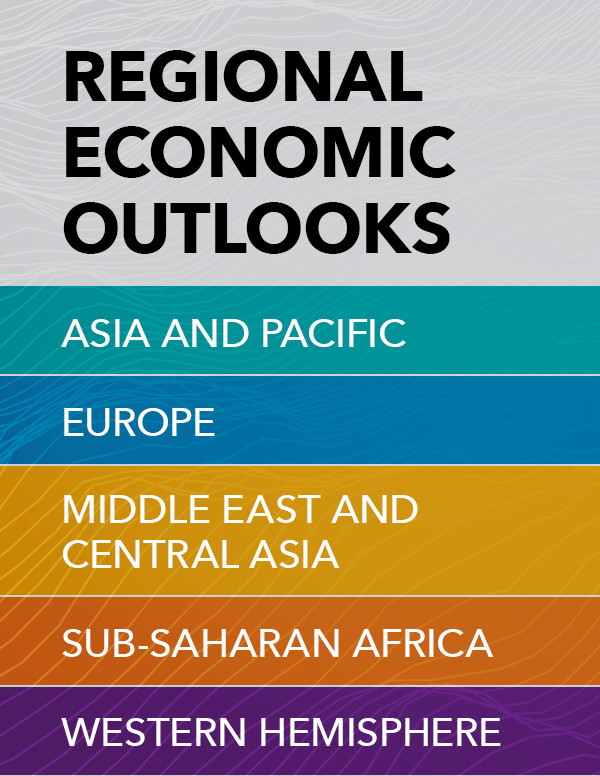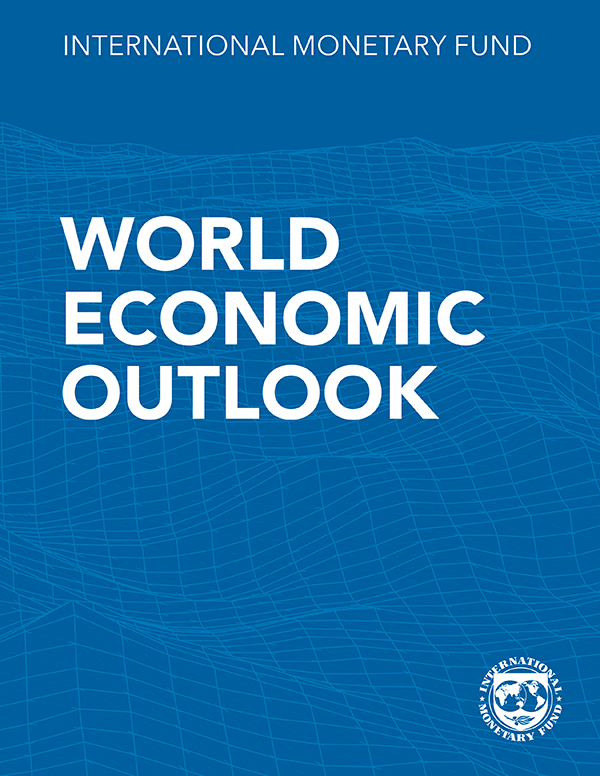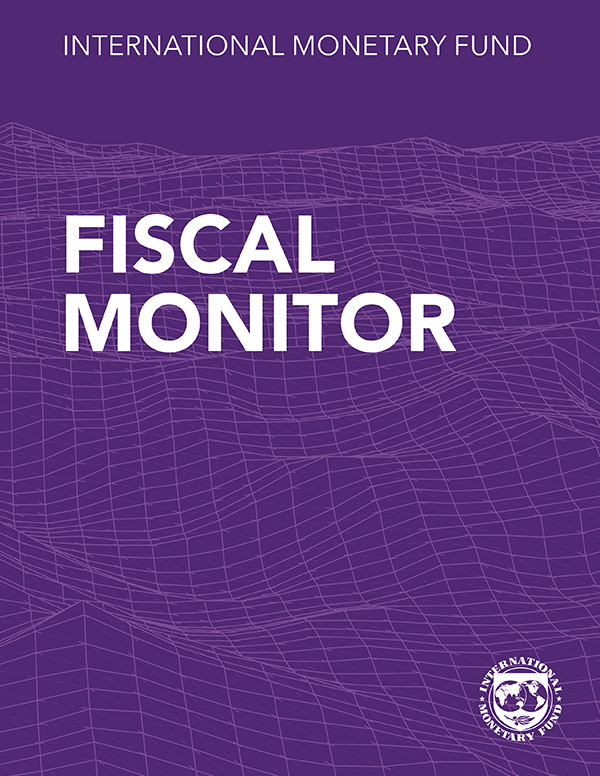Global growth is expected to decline and downside risks to intensify as major policy shifts unfold
After enduring a prolonged and unprecedented series of shocks, the global economy appeared to have stabilized, with steady yet underwhelming growth rates. However, the landscape has changed as governments around the world reorder policy priorities and uncertainties have climbed to new highs. Forecasts for global growth have been revised markedly down compared with the January 2025 World Economic Outlook (WEO) Update, reflecting effective tariff rates at levels not seen in a century and a highly unpredictable environment. Global headline inflation is expected to decline at a slightly slower pace than what was expected in January.
Intensifying downside risks dominate the outlook, amid escalating trade tensions and financial market adjustments. Divergent and swiftly changing policy positions or deteriorating sentiment could lead to even tighter global financial conditions. Ratcheting up a trade war and heightened trade policy uncertainty may further hinder both short-term and long-term growth prospects. Scaling back international cooperation could jeopardize progress toward a more resilient global economy.
At this critical juncture, countries should work constructively to promote a stable and predictable trade environment and to facilitate international cooperation, while addressing policy gaps and structural imbalances at home. This will help secure both internal and external economic stability. To stimulate growth and ease fiscal pressures, policies that promote healthy aging and enhance labor force participation among older individuals and women could be implemented, as discussed in Chapter 2. Additionally, productivity growth can be fostered with better integration of migrants and refugees and mitigation of skill mismatches, as detailed in Chapter 3.
The estimates and projections in the April 2025 WEO Chapter 1 and Statistical Appendix are based on statistical information available through April 14, 2025, but may not reflect the latest published data in all cases.
Chapter 1: Global Prospects and Policies
Global growth is projected to decline after a period of steady but underwhelming performance, amid policy shifts and new uncertainties. Global headline inflation is expected to decline further, notwithstanding upward revisions in some countries. Risks to the outlook are tilted to the downside. Escalating trade tensions and elevated policy-induced uncertainty may further hinder growth. Shifting policies could lead to abrupt tightening of global financial conditions and capital outflows, particularly impacting emerging markets. Demographic shifts threaten fiscal sustainability, while the recent cost-of-living crisis may reignite social unrest. More limited international development assistance could push low-income countries deeper into debt, jeopardizing living standards. At this critical juncture, policies need to be calibrated to foster international cooperation while ensuring internal economic stability, thereby helping reduce global imbalances.
Chapter 2: The Rise of the Silver Economy: Global Implications of Population Aging
As the global population ages, economies worldwide are experiencing significant demographic shifts with profound implications. Chapter 2 explores the rise of the "silver economy," focusing on the extent of healthy aging and its impact on labor markets, the broader economic implications of demographic changes, and the role of targeted policies in mitigating the adverse effects of aging. The analysis reveals that while population aging poses challenges such as slower growth and increased fiscal pressures, healthier aging trends offer a silver lining by boosting labor force participation, extending working lives, and enhancing productivity. The chapter underscores the importance of policies that support healthy aging, increase labor force participation among older individuals, and close gender gaps in the workforce. By leveraging these strategies, countries can harness the potential of the silver economy to boost growth and rebuild fiscal buffers amid demographic headwinds.
Chapter 3: Journeys and Junctions: Spillovers from Migration and Refugee Policies
The movement of migrants and refugees has become a fixture of public debate. Chapter 3 examines how changes in the stringency of migrant and refugee policies can alter the journeys and legal pathways people choose to take within and between economies. For example, stricter policies can deflect flows of people to new destinations. Those economies can experience short-term challenges from strains on local services but ultimately benefit in the longer term. Costs are likely to be more severe where challenges to integrate newcomers are larger—notably in emerging market and developing economies—and their skills are not well matched with local labor market needs. Benefits can materialize sooner by boosting infrastructure investment and promoting private sector development. International cooperation can also help by more evenly distributing short-term costs across economies.
Publications

-
September 2025
Finance & Development
- Stablecoins and the Future of Finance

-
July 2025
- Global Imbalances in a Shifting World

-
Regional Economic Outlooks
- Latest Issues















